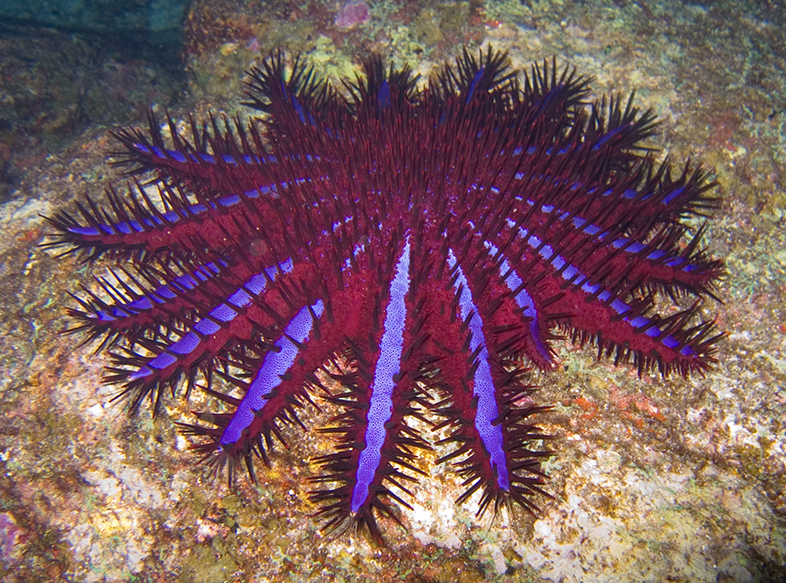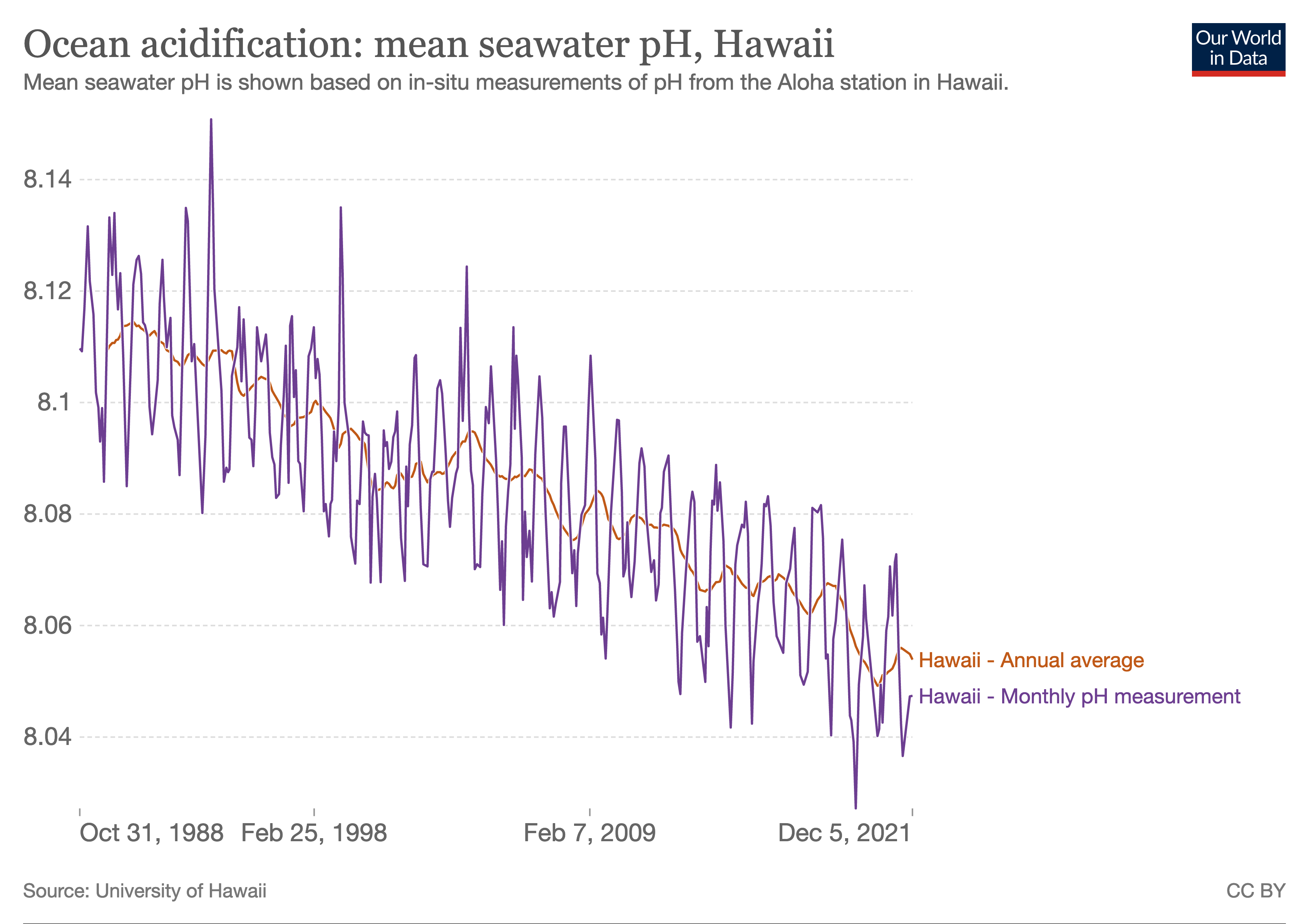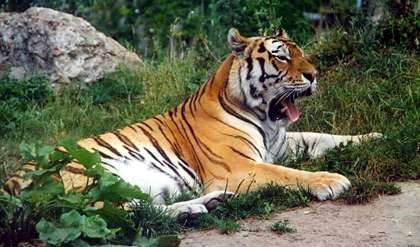|
Montipora Grisea
''Montipora grisea'' is a small polyped stony coral in the family Acroporidae. Description It is an encrusting species considered to be massively sized, with "thick unifacial plates."Australian Institute of Marine Science, 2013''Montipora grisea''.Montipora grisea. Corals of the World. It is usually dark brown or green in color, but also appears in shades of blue or pink. These corals have small bumps, known as thecal papillae, that are fused together around the corallite.Veron J. E. N. (1993). In ''Biogeographic database of hermatypic coral species of the central Indo-Pacific, genera of the world'' story, Australian Institute of Marine Science, 57-58. They also have a coenosteum papillae that is present. File:Montipora grisea.jpg, Pink File:Montipora grisea 2.jpg, Green File:Montipora grisea, Samoa Americana.jpg, Brown Distribution & habitat ''Montipora grisea'' has a vast range, found within the reefs of forty-five countries and territories throughout the Indian and Pacific ... [...More Info...] [...Related Items...] OR: [Wikipedia] [Google] [Baidu] |
Scleractinia
Scleractinia, also called stony corals or hard corals, are marine animals in the phylum Cnidaria that build themselves a hard skeleton. The individual animals are known as polyp (zoology), polyps and have a cylindrical body crowned by an oral disc in which a mouth is fringed with tentacles. Although some species are solitary, most are Colony (biology), colonial. The founding polyp settles and starts to secrete calcium carbonate to protect its soft body. Solitary corals can be as much as across but in colonial species the polyps are usually only a few millimetres in diameter. These polyps reproduce asexually by budding, but remain attached to each other, forming a multi-polyp colony of cloning, clones with a common skeleton, which may be up to several metres in diameter or height according to species. The shape and appearance of each coral colony depends not only on the species, but also on its location, depth, the amount of water movement and other factors. Many shallow-water co ... [...More Info...] [...Related Items...] OR: [Wikipedia] [Google] [Baidu] |
Acroporidae
Acroporidae is a family of small polyped stony corals in the phylum Cnidaria. The name is derived from the Greek ''"akron"'' meaning "summit" and refers to the presence of a corallite at the tip of each branch of coral. They are commonly known as staghorn corals and are grown in aquaria by reef hobbyists. Description Staghorn corals are the dominant group of reef builders. They come in many shapes and sizes and can be highly variable in colour and form, even within the same species. Most are either a branching variant or a wall/ table top variant shaped and some are encrusting. Encrusting means they grow over rock structure. the Their colours vary between browns, whites, pinks, blues, yellows, greens and purple, depending not only on species but also on the growing conditions. Identification is difficult and requires close examination of the corallites and a biochemical and genetic analysis. There is a corallite at the tip of each branch and, with the exception of ''Astreopora ... [...More Info...] [...Related Items...] OR: [Wikipedia] [Google] [Baidu] |
Coral Bleaching
Coral bleaching is the process when corals become white due to various stressors, such as changes in temperature, light, or nutrients. Bleaching occurs when coral polyps expel the zooxanthellae (dinoflagellates that are commonly referred to as algae) that live inside their tissue, causing the coral to turn white. The zooxanthellae are photosynthetic, and as the water temperature rises, they begin to produce reactive oxygen species. This is toxic to the coral, so the coral expels the zooxanthellae. Since the zooxanthellae produce the majority of coral colouration, the coral tissue becomes transparent, revealing the coral skeleton made of calcium carbonate. Most bleached corals appear bright white, but some are blue, yellow, or pink due to pigment proteins in the coral. The leading cause of coral bleaching is rising ocean temperature due to climate change. A temperature about 1 °C (or 2 °F) above average can cause bleaching. According to the United Nations Environment Pr ... [...More Info...] [...Related Items...] OR: [Wikipedia] [Google] [Baidu] |
Acropora
''Acropora'' is a genus of small polyp stony coral in the phylum Cnidaria. Some of its species are known as table coral, elkhorn coral, and staghorn coral. Over 149 species are described. ''Acropora'' species are some of the major reef corals responsible for building the immense calcium carbonate substructure that supports the thin living skin of a reef. Anatomy and distribution Depending on the species and location, ''Acropora'' species may grow as plates or slender or broad branches. Like other corals, ''Acropora'' corals are colonies of individual polyps, which are about 2 mm across and share tissue and a nerve net. The polyps can withdraw back into the coral in response to movement or disturbance by potential predators, but when undisturbed, they protrude slightly. The polyps typically extend further at night to help capture plankton and organic matter from the water. The species are distributed in the Indo-Pacific (over 100 species) and Caribbean (3 species). ... [...More Info...] [...Related Items...] OR: [Wikipedia] [Google] [Baidu] |
Crown-of-thorns Starfish
The crown-of-thorns starfish (frequently abbreviated to COTS), ''Acanthaster planci'', is a large starfish that preys upon hard, or stony, coral polyps (Scleractinia). The crown-of-thorns starfish receives its name from venomous thorn-like spines that cover its upper surface, resembling the biblical crown of thorns. It is one of the largest starfish in the world. ''A. planci'' has a very wide Indo-Pacific distribution. It is perhaps most common around Australia, but can occur at tropical and subtropical latitudes from the Red Sea and the East African coast across the Indian Ocean, and across the Pacific Ocean to the west coast of Central America. It occurs where coral reefs or hard coral communities occur in the region. Description The body form of the crown-of-thorns starfish is fundamentally the same as that of a typical starfish, with a central disk and radiating arms. Its special traits, however, include being disc-shaped, multiple-armed, flexible, prehensile, and heavily ... [...More Info...] [...Related Items...] OR: [Wikipedia] [Google] [Baidu] |
Marine Aquarium
A marine aquarium is an aquarium that keeps ocean, marine plants and animals in a contained environment. Marine aquaria are further subdivided by hobbyists into fish only (FO), fish only with live rock (FOWLR), and reef aquarium, reef aquaria. Fish only tanks often showcase large or aggressive marine fish species and generally rely on mechanical and chemical filtration. FOWLR and reef tanks use live rock, a material composed of coral skeletons harboring beneficial nitrogen waste metabolizing bacteria, as a means of more natural biological filtration. Marine fishkeeping is different from its freshwater counterpart because of the fundamental differences in the constitution of saltwater and the resulting differences in the adaptation of its inhabitants. A stable marine aquarium requires more equipment than freshwater systems, and generally requires more stringent water quality monitoring. The inhabitants of a marine aquarium are often difficult to acquire and are usually more expensi ... [...More Info...] [...Related Items...] OR: [Wikipedia] [Google] [Baidu] |
Climate Change
In common usage, climate change describes global warming—the ongoing increase in global average temperature—and its effects on Earth's climate system. Climate change in a broader sense also includes previous long-term changes to Earth's climate. The current rise in global average temperature is more rapid than previous changes, and is primarily caused by humans burning fossil fuels. Fossil fuel use, deforestation, and some agricultural and industrial practices increase greenhouse gases, notably carbon dioxide and methane. Greenhouse gases absorb some of the heat that the Earth radiates after it warms from sunlight. Larger amounts of these gases trap more heat in Earth's lower atmosphere, causing global warming. Due to climate change, deserts are expanding, while heat waves and wildfires are becoming more common. Increased warming in the Arctic has contributed to melting permafrost, glacial retreat and sea ice loss. Higher temperatures are also causing m ... [...More Info...] [...Related Items...] OR: [Wikipedia] [Google] [Baidu] |
Ocean Acidification
Ocean acidification is the reduction in the pH value of the Earth’s ocean. Between 1751 and 2021, the average pH value of the ocean surface has decreased from approximately 8.25 to 8.14. The root cause of ocean acidification is carbon dioxide emissions from human activities which have led to atmospheric carbon dioxide (CO2) levels of more than 410 ppm (in 2020). The oceans absorb CO2 from the atmosphere. This leads to the formation of carbonic acid (H2CO3) which dissociates into a bicarbonate ion () and a hydrogen ion (H+). The free hydrogen ions (H+) decrease the pH of the ocean, therefore increasing acidity (this does not mean that seawater is acidic yet; it is still alkaline, with a pH higher than 8). A decrease in pH corresponds to a decrease in the concentration of carbonate ions, which are the main building block for calcium carbonate (CaCO3) shells and skeletons. Marine calcifying organisms, like mollusks, oysters and corals, are particularly affected by this as ... [...More Info...] [...Related Items...] OR: [Wikipedia] [Google] [Baidu] |
Cnidarians Of The Indian Ocean
Cnidaria () is a phylum under kingdom Animalia containing over 11,000 species of aquatic animals found both in freshwater and marine environments, predominantly the latter. Their distinguishing feature is cnidocytes, specialized cells that they use mainly for capturing prey. Their bodies consist of mesoglea, a non-living jelly-like substance, sandwiched between two layers of epithelium that are mostly one cell thick. Cnidarians mostly have two basic body forms: swimming medusae and sessile polyps, both of which are radially symmetrical with mouths surrounded by tentacles that bear cnidocytes. Both forms have a single orifice and body cavity that are used for digestion and respiration. Many cnidarian species produce colonies that are single organisms composed of medusa-like or polyp-like zooids, or both (hence they are trimorphic). Cnidarians' activities are coordinated by a decentralized nerve net and simple receptors. Several free-swimming species of Cubozoa and Scyph ... [...More Info...] [...Related Items...] OR: [Wikipedia] [Google] [Baidu] |
Cnidarians Of The Pacific Ocean
Cnidaria () is a phylum under kingdom Animalia containing over 11,000 species of aquatic animals found both in freshwater and marine environments, predominantly the latter. Their distinguishing feature is cnidocytes, specialized cells that they use mainly for capturing prey. Their bodies consist of mesoglea, a non-living jelly-like substance, sandwiched between two layers of epithelium that are mostly one cell thick. Cnidarians mostly have two basic body forms: swimming medusae and sessile polyps, both of which are radially symmetrical with mouths surrounded by tentacles that bear cnidocytes. Both forms have a single orifice and body cavity that are used for digestion and respiration. Many cnidarian species produce colonies that are single organisms composed of medusa-like or polyp-like zooids, or both (hence they are trimorphic). Cnidarians' activities are coordinated by a decentralized nerve net and simple receptors. Several free-swimming species of Cubozoa and S ... [...More Info...] [...Related Items...] OR: [Wikipedia] [Google] [Baidu] |
Marine Fauna Of Asia
All of the animals living in Asia and its surrounding seas and islands are considered the fauna of Asia. Since there is no natural biogeographic boundary in the west between Europe and Asia. The term "fauna of Asia" is somewhat elusive. Temperate Asia is the eastern part of the Palearctic realm (which in turn is part of the Holarctic), and its south-eastern part belongs to the Indomalayan realm (previously called the ''Oriental region''). Asia shows a notable diversity of habitats, with significant variations in rainfall, altitude, topography, temperature and geological history, which is reflected in its richness and diversity of animal life. Origins of Asian wildlife The formation of the Asian fauna began in the Mesozoic with the splitting of Laurasian supercontinent. Asia blends elements from both ancient supercontinents of Laurasia and Gondwana. Gondwanian elements were introduced from Africa and by India, which detached from Gondwana approximately 90 MYA, carrying its Gondwan ... [...More Info...] [...Related Items...] OR: [Wikipedia] [Google] [Baidu] |
Marine Fauna Of Oceania
Marine is an adjective meaning of or pertaining to the sea or ocean. Marine or marines may refer to: Ocean * Maritime (other) * Marine art * Marine biology * Marine debris * Marine habitats * Marine life * Marine pollution Military * Marines, a naval-based infantry force ** United States Marine Corps ** Royal Marines of the UK ** Brazilian Marine Corps ** Spanish Marine Infantry ** Fusiliers marins (France) ** Indonesian Marine Corps ** Republic of China Marine Corps ** Republic of Korea Marine Corps ** Royal Thai Marine Corps *"Marine" also means "navy" in several languages: ** Austro-Hungarian Navy () ** Belgian Navy (, , ) ** Royal Canadian Navy () *** Provincial Marine (1796–1910), a predecessor to the Royal Canadian Navy ** Navy of the Democratic Republic of the Congo () ** Royal Danish Navy () ** Finnish Navy (, ) ** French Navy () ** Gabonese Navy () ** German Navy () ** Royal Moroccan Navy () ** Royal Netherlands Navy () ** Swedish Navy () Places * Marine ... [...More Info...] [...Related Items...] OR: [Wikipedia] [Google] [Baidu] |






